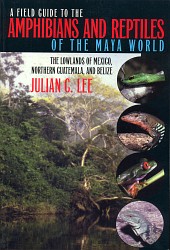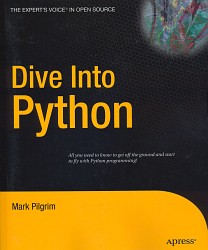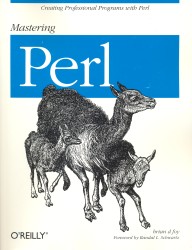

In the morning we went to the post office to pick up the books that the postman had tried to deliver last Thursday. The books were a payment in exchange for writing a Perl program about a year ago. For some reason I didn't receive the orginal order made in August last year or so. Since someone else had made the order, I couldn't contact Amazon directly on this. So I had to contact the person I had helped with Perl, and he had to contact Amazon again and again. And finally Amazon shipped a new order the 17th of July, and today I could finally hold the following books in my hands.

I had put this book my my wish list because I want to learn more about the reptiles and amphibians we encounter during our hiking trips. While we mostly walk in the state of Veracruz, some of the species in "A field guide to the amphibians and reptiles of the Maya world" can be encountered in Veracruz as well as became clear when I browsed throught the beautiful but small color photos in the book. Species I have seen in the state of Veracruz include the house gecko (Hemidactylus frenatus) - which we even get in our house now and then, the black-striped snake (Coniophanes imperialis), the redback coffee snake (Ninia sebae),
The book can be though of as having two parts. The following chapters are in the first part ( with a short summary based on the sections):
The second part (one chapter) is called Species Accounts and is subdivided as follows:
The book has 191 small color photos: 31 pages with 6 photos on each page, and one page with 5 photos. Furthermore there are a lot of drawings and distribution maps. My first impression of the book is a very good one. I hope to be able to visit the Yucatán peninsula next year, and it looks like this book will provide me with a good idea what I might be able to see, and hopefully take photos of.

Several years ago I had printed the free PDF version of Dive into Python besides the Python tutorial and read both of them. Later, I had planned one hour a week to study Python in more detail, but after several weeks I got too busy with work so my study of Python came to a halt.
So over a year ago I put the book on my wish list, both because I wanted a real version of the book instead of just a print out and because I wanted to support Mark Pilgrim; I think he did an excellent job with Dive into Python (thanks Mark!). And today the book was finally in my hands.
The contents at a glance as given on page v of Dive into Python lists 18 chapters:
Anyway, I hope to start diving into Python really soon, but first I want to study a different book: Mastering Perl (see below).

Even though I have been programming Perl professionally since 1994 I am aware that there is still so much to learn about Perl. The reason for putting Mastering Perl by brian d foy on my wish list, resulting in me holding a copy of the "vicuña" book today, was that I was convinced that this book contains quite some new information to satisfy my hunger for Perl, and remind me of several things I had forgotten about, because I never used them.
The book "Mastering Perl" by brian d foy has the following chapters:
The book has also an appendix dedicated on books brian d foy recommends. Some of those books I already own, others I certainly will consider for my wish list. The second Appendix is "brain's Guide to Solving Any Perl Problem", which can also be found online. A must read for anyone, especially before posting to the Usenet group comp.lang.perl.misc, or an online forum. While reading and understanding the guide might seem like a lot of work (and hence time), after a (short) while you will save a lot of time because you are able to solve most problems yourself.